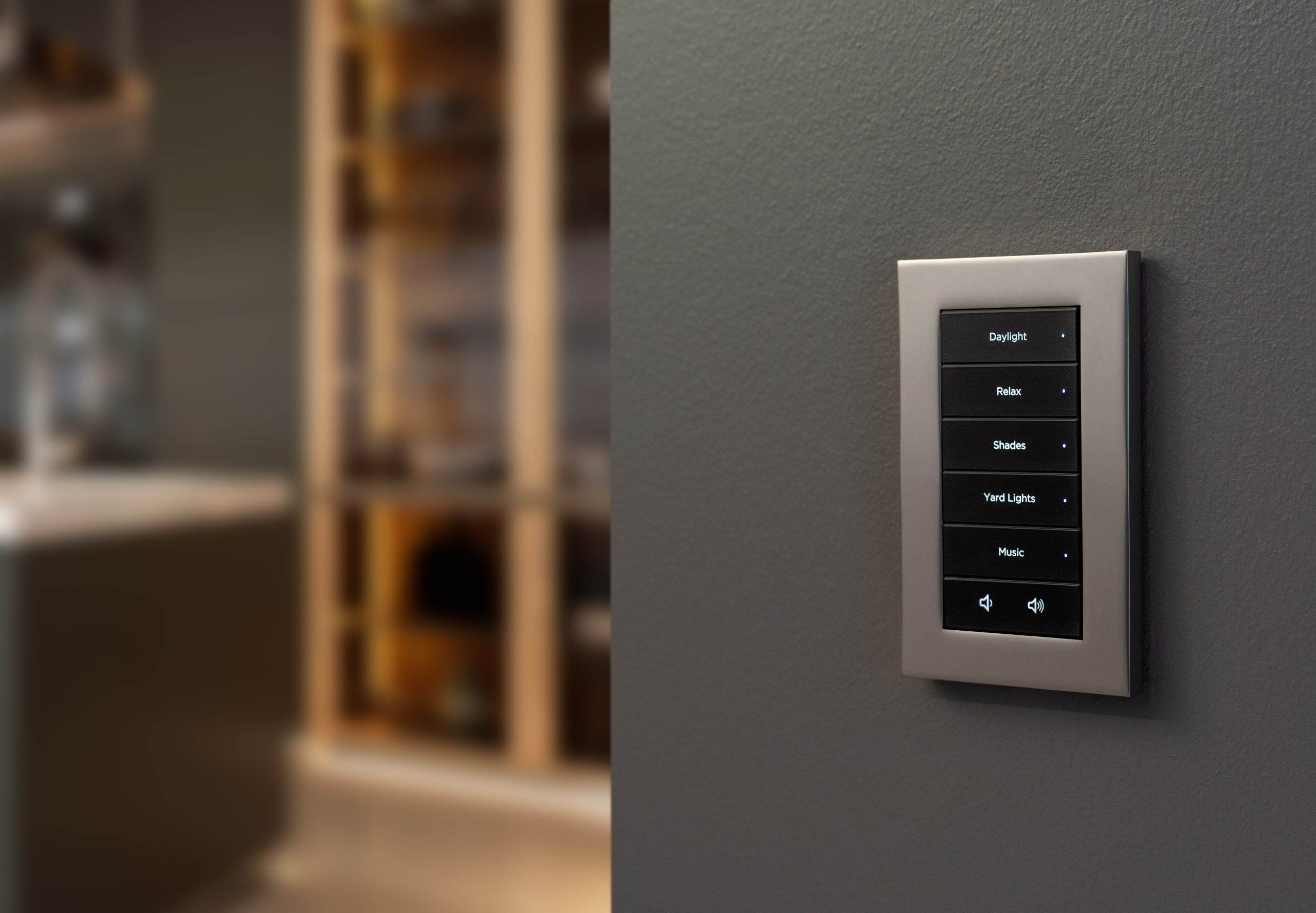From lights that adjust automatically to heating systems that learn your schedule, smart home technology makes everyday routines more convenient, efficient and secure. But before jumping into automation, there’s one big decision to make: wired or wireless? Each system has its strengths and the best choice depends on your home and lifestyle. Here’s a simple guide to help you navigate your options.
Wired Smart Home: Robust, scalable, future-proof
Wired systems are typically the go-to solution for new builds or major renovations. These networks run on dedicated cables installed within the walls, allowing smart devices throughout the home to communicate reliably and securely.
Why choose a wired smart home?
Maximum performance and stability because everything is physically connected, signal interference is virtually non-existent.
Wired systems allow custom automation for extensive personalization and control across a wide range of functions: lighting, blinds, heating, security and more.
Planning for a wired system during construction ensures long-term flexibility – your home remains adaptable as technology evolves.
Things to consider
Wired systems require planning and installation during construction or major renovation.
Retrofitting into existing homes can be complex and disruptive.
Wireless Smart Home: Simple, flexible, ideal for retrofitting
Wireless smart home systems use radio-frequency signals (like Bluetooth or Zigbee) to connect devices. This makes them ideal for existing homes, rental properties, or anyone who wants smart features without construction work.
Why choose a wireless smart home?
Easy installation: no cables, no drilling; just swap out standard switches or plug in smart devices.
Retrofitting made simple and perfect for upgrades without tearing down walls or running new wires.
Moving to a new home? Wireless components are both portable and scalable.
Things to consider
Wireless networks may be prone to occasional interference, especially in large homes or buildings with thick walls.
Range and connectivity depend on the layout of your home and the strength of your signal.
Choosing what’s right for you
There’s no one-size-fits-all solution in smart home technology. It depends on your situation:
Building a new home? A wired system is often the best long-term investment, offering high performance and room to grow.
Living in an older home or apartment? A wireless setup can give you many of the same smart features without invasive renovations.
Not sure where to start? Modular systems with both wired and wireless components are available – giving you flexibility now and into the future.
Key features to look for in any system
Central control unit or app-based control.
Compatibility with other smart devices and platforms.
Custom automation routines based on time, sensors or user input.
Secure communication to protect your data.
No matter your starting point, smart home technology is more accessible than ever. Whether you want to dip your toes in with app-controlled lighting or go all-in with a fully automated home, there’s a system to suit your needs. Think about your current living situation, your future plans and the features most important to you to start building the smart home that works for you.


